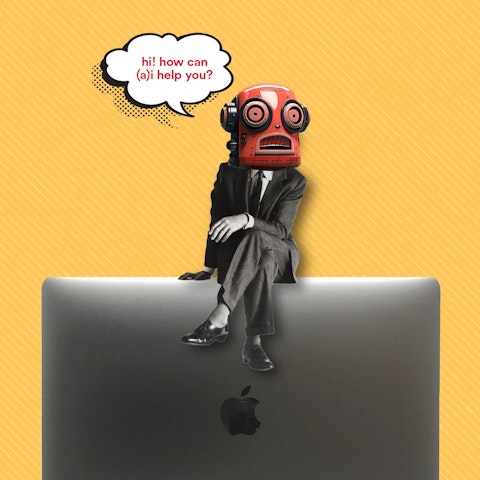In order to deliver a great customer experience, employees need to understand what customers want, be educated and empowered to respond, and be supported by the leadership and organizational structures around them. In the previous step of the process, we recommended assembling a dedicated CX team. This is a great starting point, but it may or may not be what you need for the long term. For instance, if you leaned heavily on an external partner to help get the ball rolling, you’ll want to get the internal pieces in place to maintain that momentum over time.
An initiative of this magnitude must start at the top. When we ask building materials companies if they have someone focused on the customer experience, the answer we often get is, “Yes, Charlie is our VP of Sales.” It’s important not to confuse the leadership role of customer experience with the role of the VP/Director of Sales. This is because your customer experience encompasses much more than just sales. As we discussed in part 2 of this series, your definition of “customer” should extend well beyond those you invoice. Many others can play a role in the consideration process, including thought leaders, code officials, editors and bloggers, and even your customers’ own peers. And the “experience” of each customer is unique and is impacted by collective and comprehensive interactions. It is something that everyone in the organization (and even your suppliers and channel partners) owns and creates. Therefore, your customer experience leader must have reach and vision beyond your sales organization.
One of the primary thought leaders on the topic is Jeanne Bliss, who some say pioneered the concept of the Chief Customer Officer (CCO) position with companies that include Lands’ End, Allstate, Coldwell Banker, Mazda and Microsoft. Today, it’s not uncommon for large corporations to have a dedicated CCO or Chief Customer Experience Officer (CCEO).
The CX initiative must be deemed important enough by senior leadership to have at least a dedicated CX leader in place. However, if a dedicated internal CX team supporting that leader isn’t an option, you’ll need to create a structure that distributes the function across a team – internal and potentially external. The key here is to make sure that your CX team has the authority, access and resources to drive meaningful change across all levels and departments.





